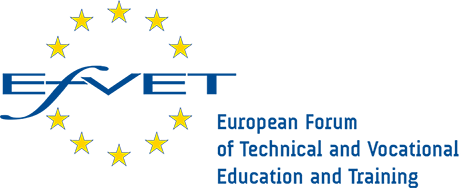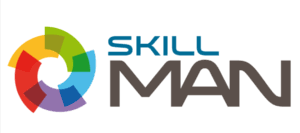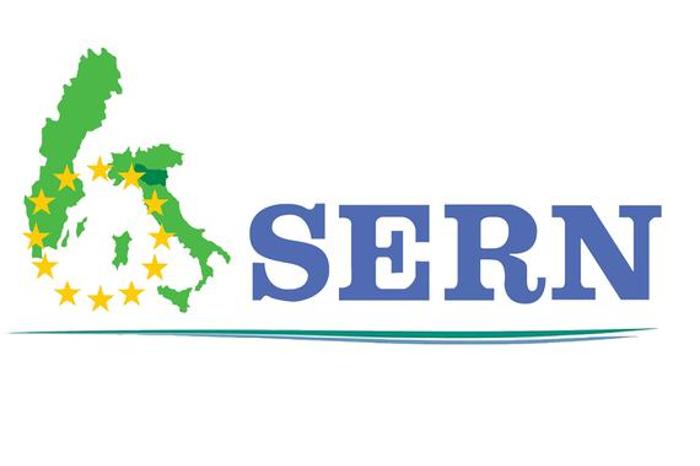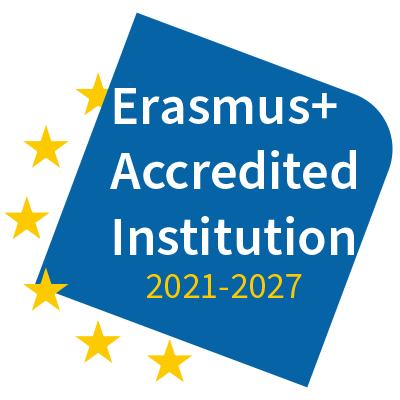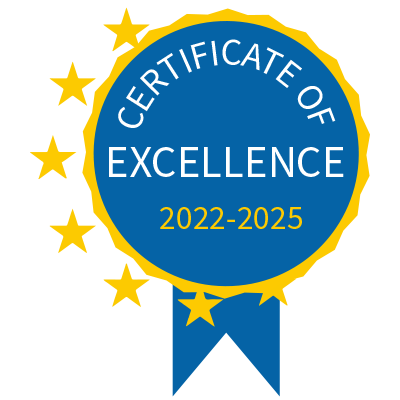
Erasmus+ VET projects are initiatives within the Erasmus+ programme that focus on Vocational Education and Training (VET). These projects aim at improving the vocational skills and opportunities of young people graduating from vocational or technical schools as well as school staff.
Let’s take a closer look at what they are about.
What is Erasmus+ VET?
The Erasmus+ VET – Vocational Education and Training Programme is an opportunity for the vocational training organisations that aims at improving the quality and the efficiency of this field systems and practices all over Europe.
The programme allows for training periods abroad such as work placements, job shadowing or observation periods at an institution or other relevant organisation based in an Erasmus+ country.
These can include companies, public bodies, social partners, research institutes and NGOs.
The programme has five main objectives:
improve the professional skills of individuals;
expand knowledge and understanding of national policies and practices;
strengthen the quality of teaching and learning;
promote the modernisation and internationalisation of education and training institutions;
promote mobility activities.
Benefits of the Erasmus VET Programme
The Erasmus VET offer many benefits, such as:
Skills development: participating in an Erasmus VET project allows participants to acquire new technical and transversal skills, essential for one’s professional field.
International Experience: living and working in another European country enriches the participants’ cultural and professional background, improving their knowledge of foreign languages and fostering adaptability.
Networking: during the mobility period, participants have the opportunity to network internationally, opening up new opportunities for work and collaboration.
Erasmus+ VET opportunities for students
Learners who can take part in the Erasmus+ VET programme through an accredited institution can belong to two categories:
apprentices and learners in initial and continuing vocational education and training;
recent graduates and newly qualified learners (including former apprentices) from initial and continuing vocational education and training programmes, up to 12 months after graduation.
The Erasmus+ VET Programme comprises five kinds of mobility:
Short-term learning mobility of VET learners (10 to 89 days), during which learners spend a study period abroad at a partner VET provider, company or other organisation active in VET or in the labour market (the study period must include a strongly work-based component and an individual study programme must be defined for each participant);
Long-term learning mobility of VET learners (90 to 365 days), during which learners spend a longer study period abroad with a partner VET provider, company or other organisation active in VET or in the labour market (the study period must include a strongly work-based component and an individual study programme must be defined for each participant);
Participation in vocational skills championships (1 to 10 days), i.e. real challenges on one’s vocational skills;
International sector events, designed to raise young people’s awareness of the importance of professional skills for economic growth and personal success;
Blended mobility, i.e. alternating mobility activities with virtual activities that complement or accompany the experience.
The Erasmus+ grant covers travel and accommodation expenses and is administered by the project-holding organisation; in order to facilitate the participation of students with fewer opportunities, additional support may be requested for all activities.
Applications must be submitted by the individual organisation or by the consortium coordinator on behalf of the organisations, which in turn select the candidates for the study periods abroad.
Short-term mobility projects (KA122)
Short-term projects for learner and staff mobility are a direct way to benefit from the Erasmus+ programme: the aim is to enable organisations to easily plan and manage activities.
To ensure simplicity, short-term projects have a limit on the number of participants and the project can last between 6 and 18 months.
This type is only available to individual organisations and excludes permanent access to Erasmus+ funding. At this link you will find further information on how to prepare your project and submit your application.
Erasmus+ VET opportunities for teachers
School staff, including teachers, trainers, other experts, and non-teaching staff in vocational education and training (VET), can also participate in Erasmus+ VET mobility programmes.
When we refer to non-teaching staff, we mean those working at VET providers (such as managers, officials responsible for international mobility) and in other organisations active in vocational education and training (such as trainers in local partner companies, consultants, etc.).
For staff, the Erasmus+ VET programme includes 5 types of mobility:
Job shadowing (from 2 to 60 days): a period of work-based learning at a partner institution or another competent body in the field of VET, allowing participants to observe work methods, acquire new teaching, assessment, and school organisation strategies.
Teaching or training assignments (from 2 to 30 days)
Courses and training (from 2 to 30 days): school staff have the opportunity to attend courses, conferences, and training seminars on topics aligned with project objectives.
Preparatory visits to the host partner before the mobility takes place. These can be organised to better prepare for the mobility of participants with fewer opportunities, initiate cooperation with a new organisation, or plan longer mobility activities.
Blended mobility, combining in-person mobility with virtual activities, allowing staff to alternate between physical and online experiences to complement each other and engage a wider range of teachers and staff.
The Erasmus+ grant covers travel, accommodation, and subsistence costs, as well as course fees for programmes lasting up to 10 days. Additionally, it offers organisational support to the participating organisations.
For staff mobilities lasting over 31 days, it is possible to request funding for language preparation. Applications are not submitted individually but must be presented by the school, organisation, or consortium coordinator, who, once the project is approved, will select candidates for the various types of mobility.
The eTwinning platform
eTwinning is the largest European community of teachers involved in collaborative school projects.
It is an online platform that connects teachers, allowing them to collaborate remotely in a simple, fast, and secure way by making use of the web’s potential.
Interaction between partner schools takes place within a private virtual space called “TwinSpace”, an online workspace designed to encourage the direct participation of students and allow for the customisation of the educational project.
eTwinning offers three main advantages:
sharing teaching and work methodologies with other teachers;
continuous professional development for teachers;
motivating students to collaborate with partners on a European project.
Teachers of any subject and with any level of ICT (Information and Communication Technology) and language skills can participate, including those with temporary teaching positions.
How to access Erasmus+ VET opportunities
To access Erasmus+ VET opportunities, an individual mobility project for learning purposes must be submitted.
First of all, the accredited organisation must demonstrate a strong connection with the goals and priorities of the Erasmus+ programme, as outlined in the Programme Guide for the relevant year.
It is important to consider the relevance (the profile, experience, and project proposal), the quality of the project design (objectives, activities, tools, and methods), and the quality of follow-up actions.
For more details on how to apply, consult the Erasmus+ Programme Guide.





